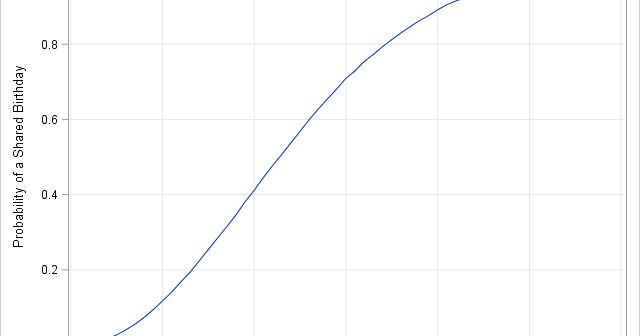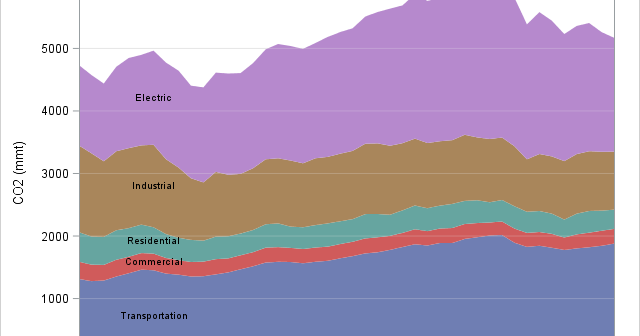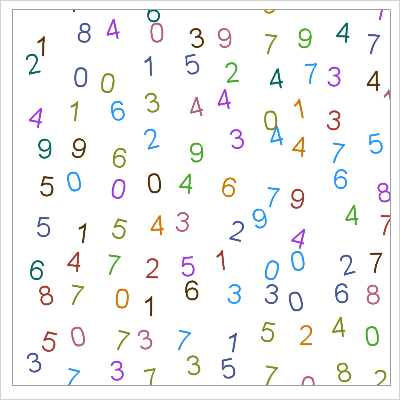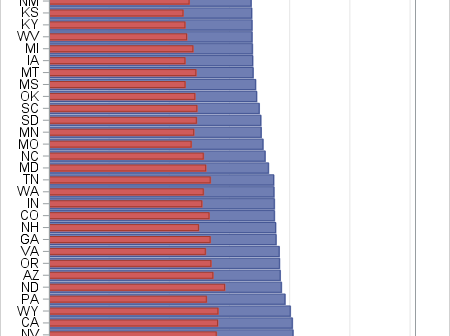The DO Loop
Statistical programming in SAS with an emphasis on SAS/IML programs
This article simulates the birthday-matching problem in SAS. The birthday-matching problem (also called the birthday problem or birthday paradox) answers the following question: "if there are N people in a room, what is the probability that at least two people share a birthday?" The birthday problem is famous because the

This article shows how to construct a "stacked band plot" in SAS, as shown to the right. (Click to enlarge.) You are probably familiar with a stacked bar chart in which the cumulative amount of some quantity is displayed by stacking the contributions of several groups. A canonical example is

What is a random number generator? What are the random-number generators in SAS, and how can you use them to generate random numbers from probability distributions? In SAS 9.4M5, you can use the STREAMINIT function to select from eight random-number generators (RNGs), including five new RNGs. After choosing an RNG,

A popular way to use lists in the SAS/IML language is to pack together several related matrices into a single data structure that can be passed to a function. Imagine that you have written an algorithm that requires a dozen different parameters. Historically, you would have to pass those parameters

SAS/IML 14.3 (SAS 9.4M5) introduced a new syntax for creating lists and for assigning and extracting item in a list. Lists (introduced in SAS/IML 14.2) are data structures that are convenient for holding heterogeneous data. A single list can hold character matrices, numeric matrices, scalar values, and other lists, as

Money magazine (Jan/Feb 2018) contains an article about how much it costs to give birth in the US. The costs, which are based on insurance data, include prenatal care and hospital delivery but exclude infant care. The data are compiled for each state (including Washington, DC) and by type of
